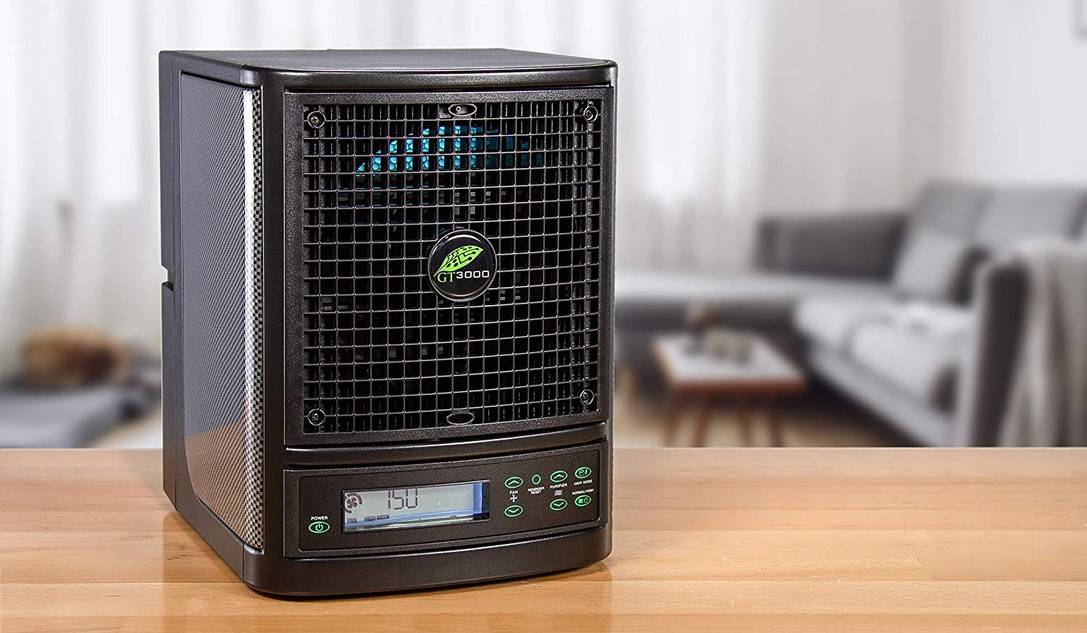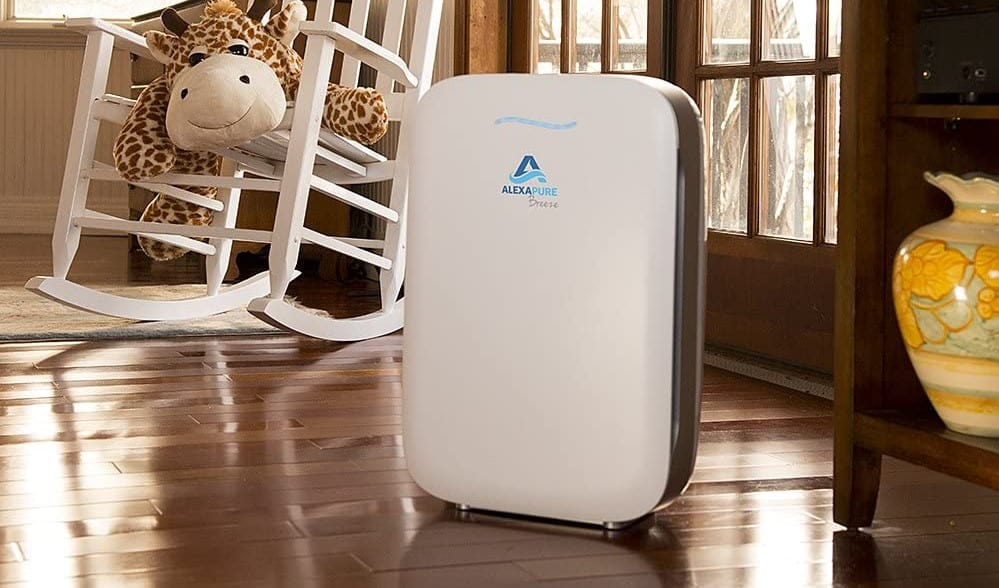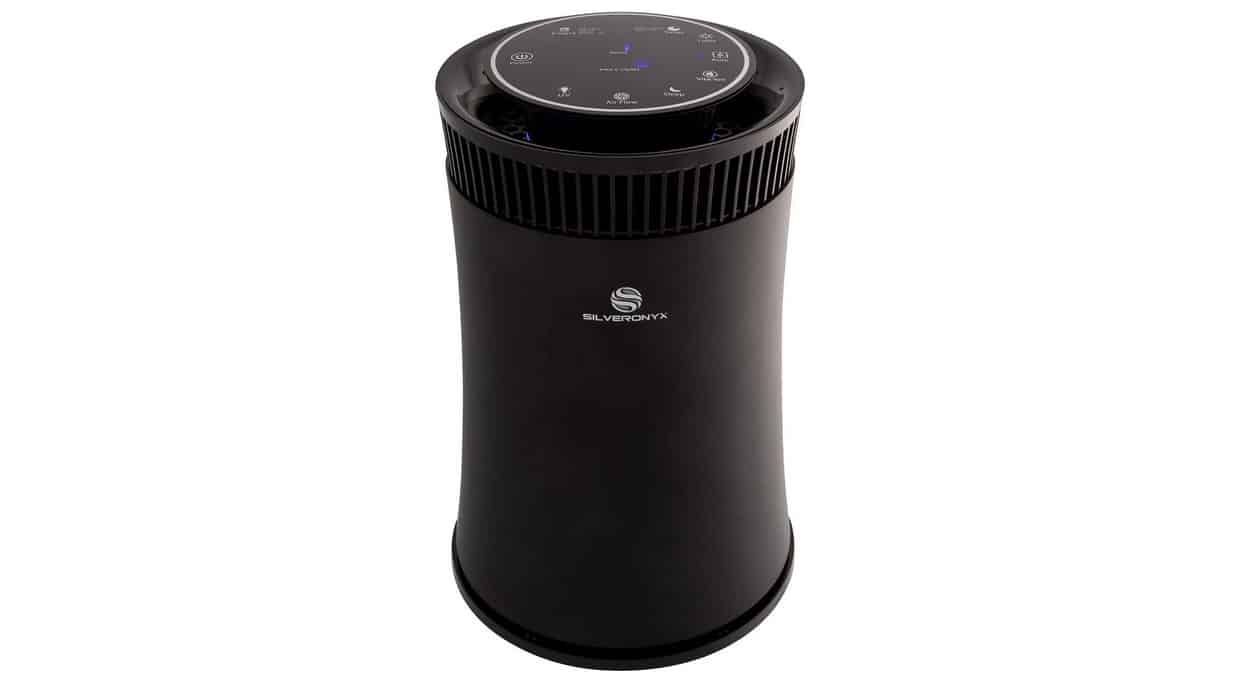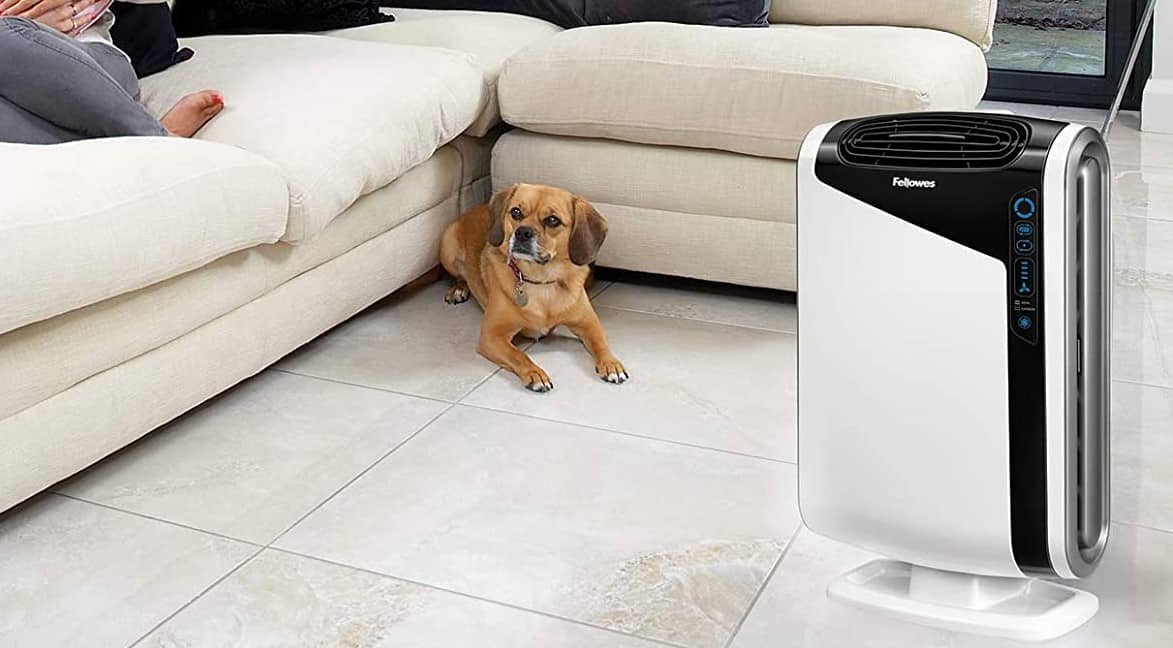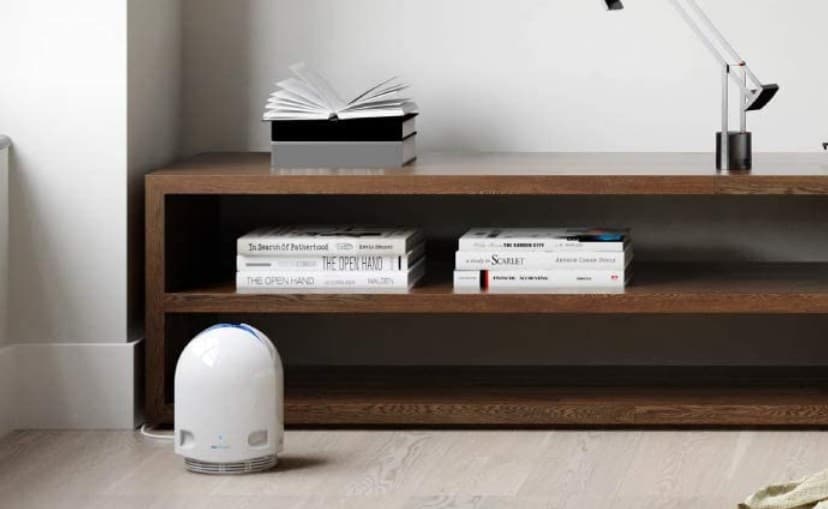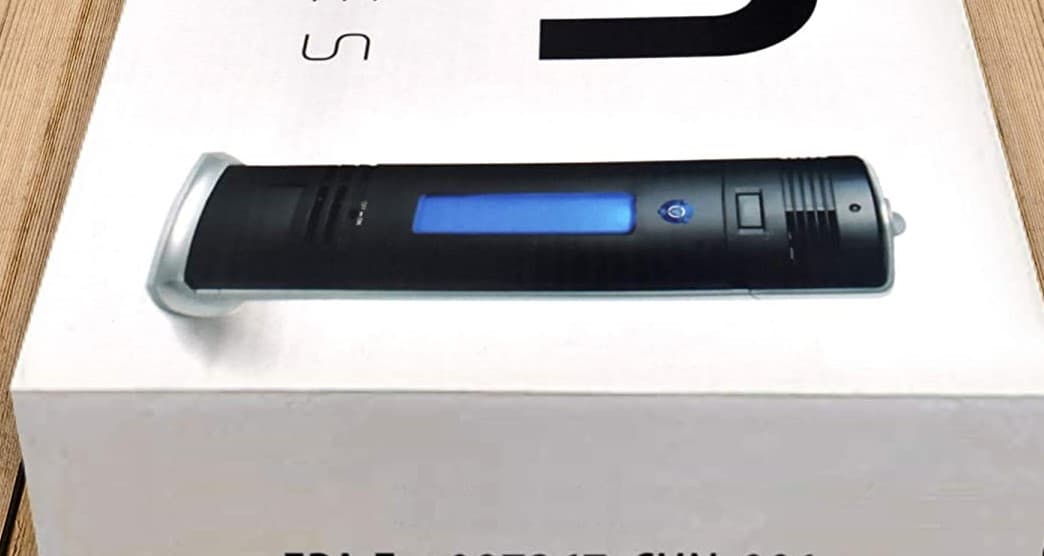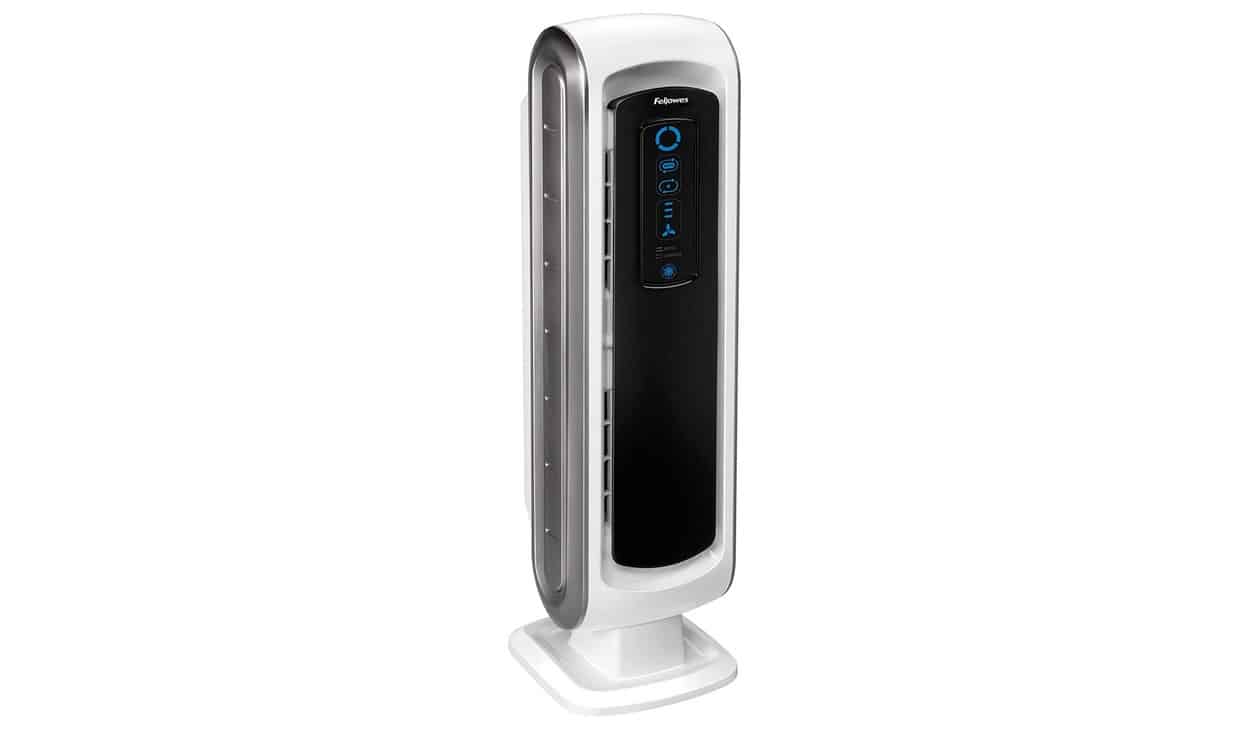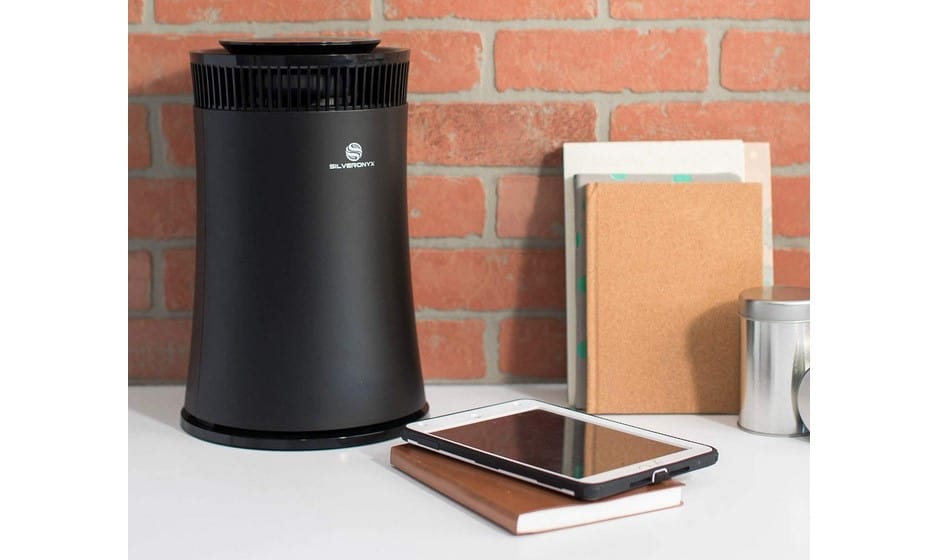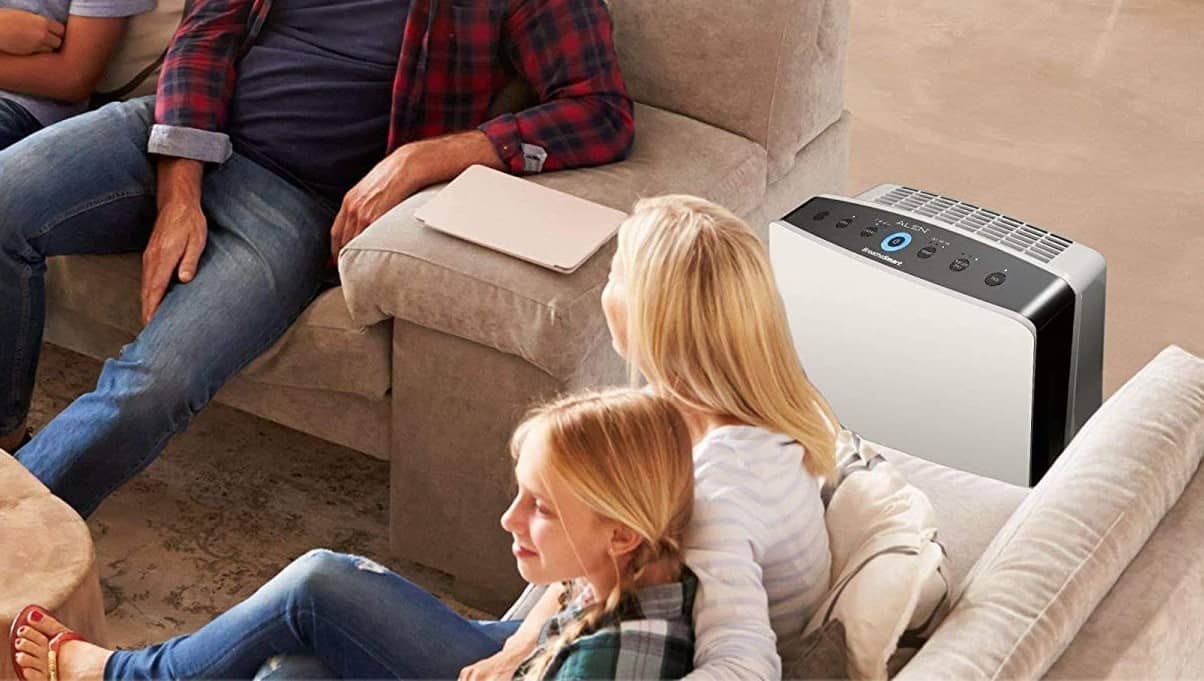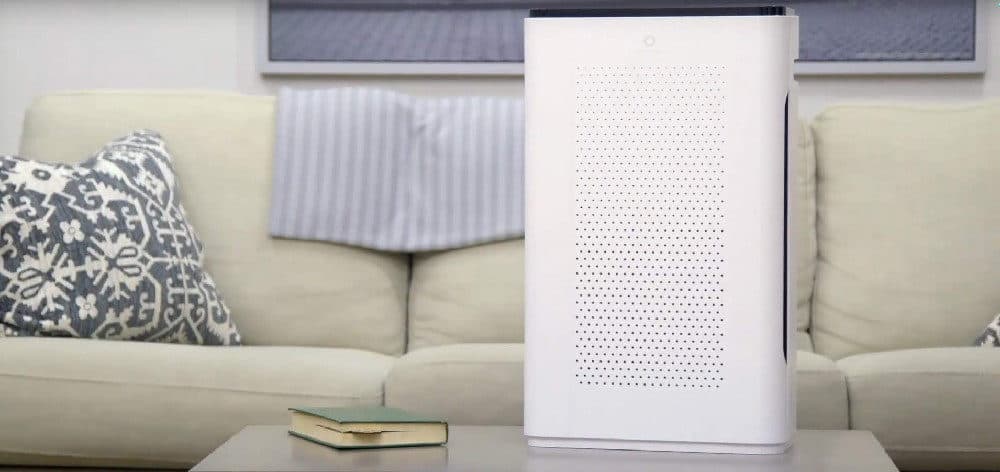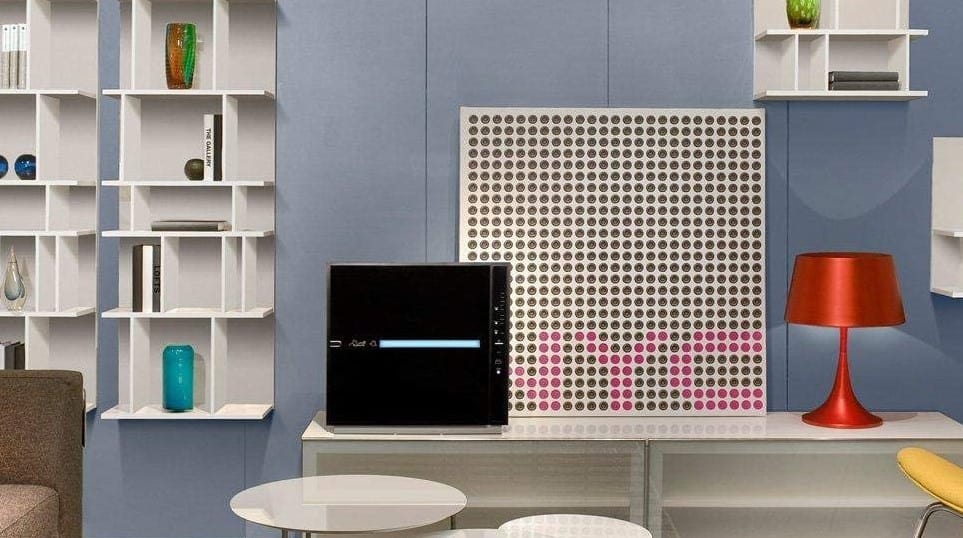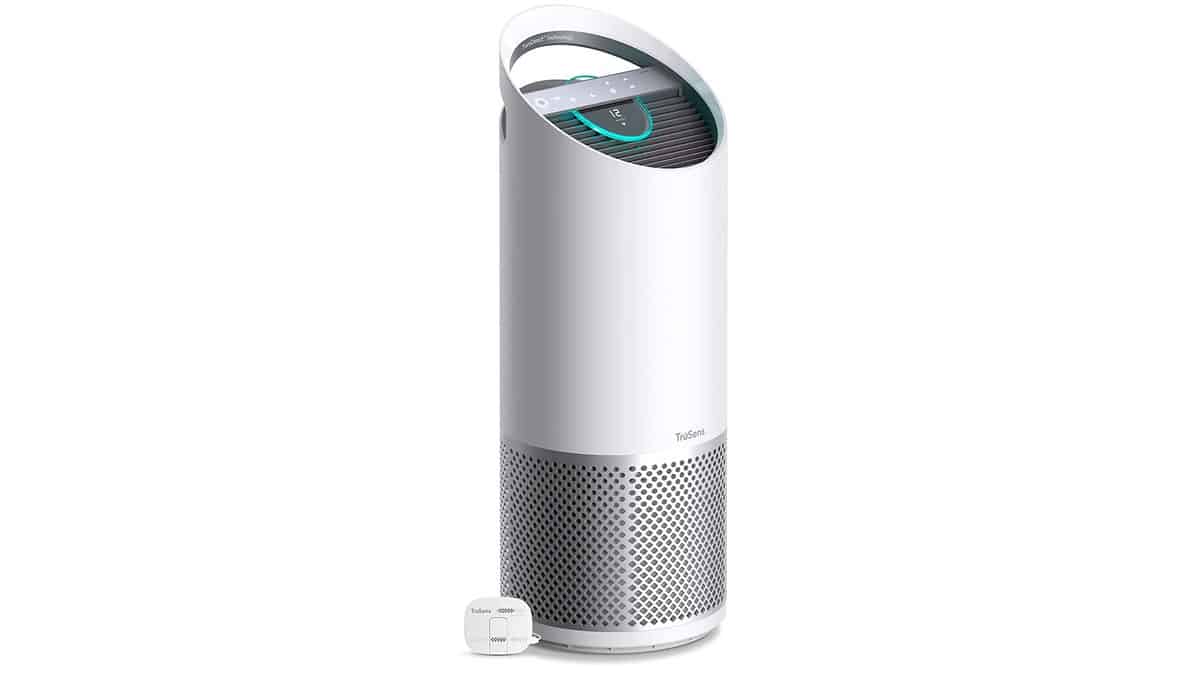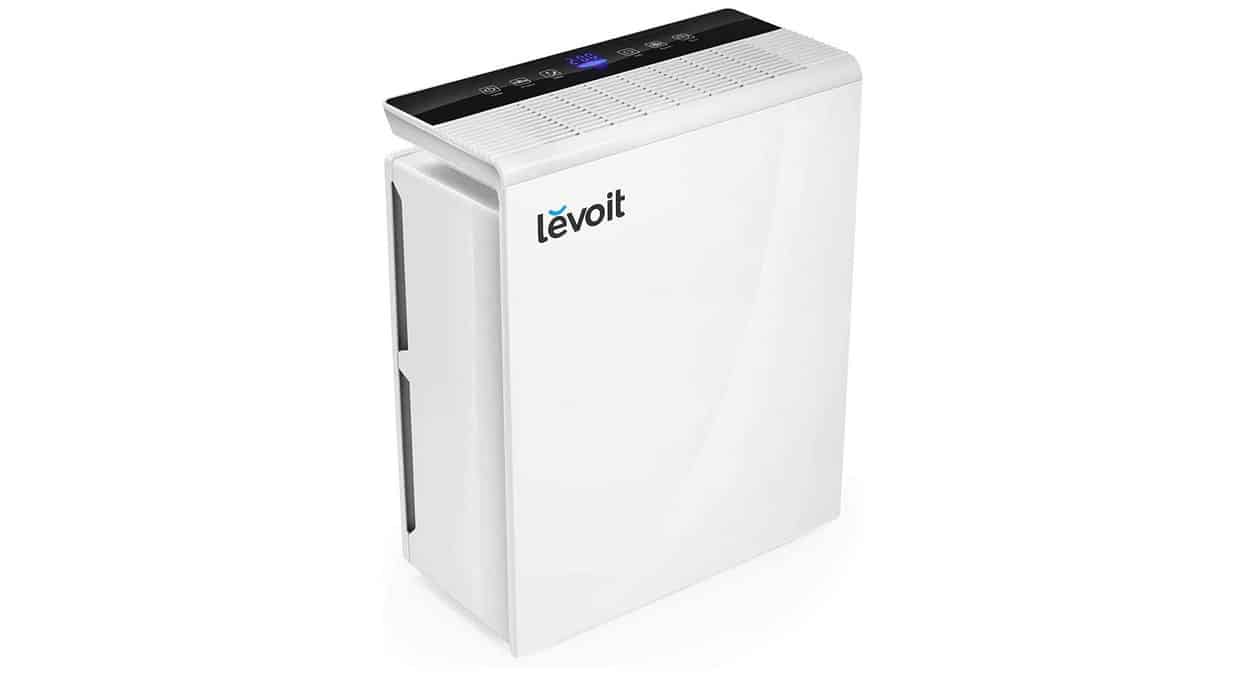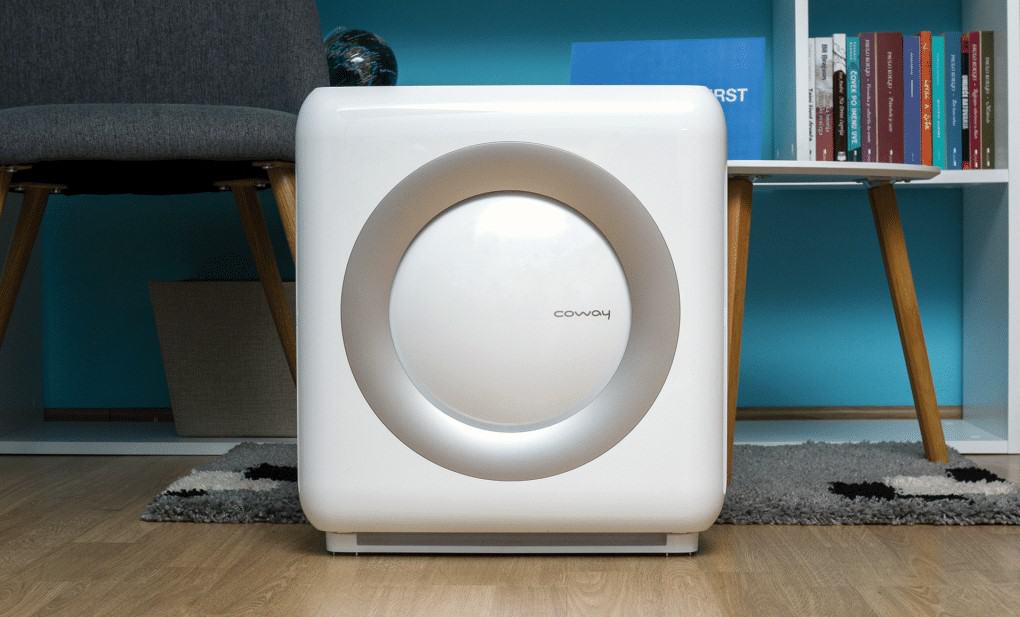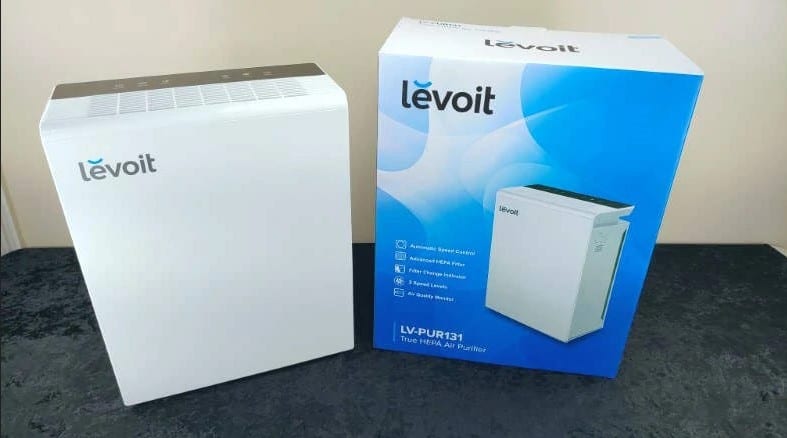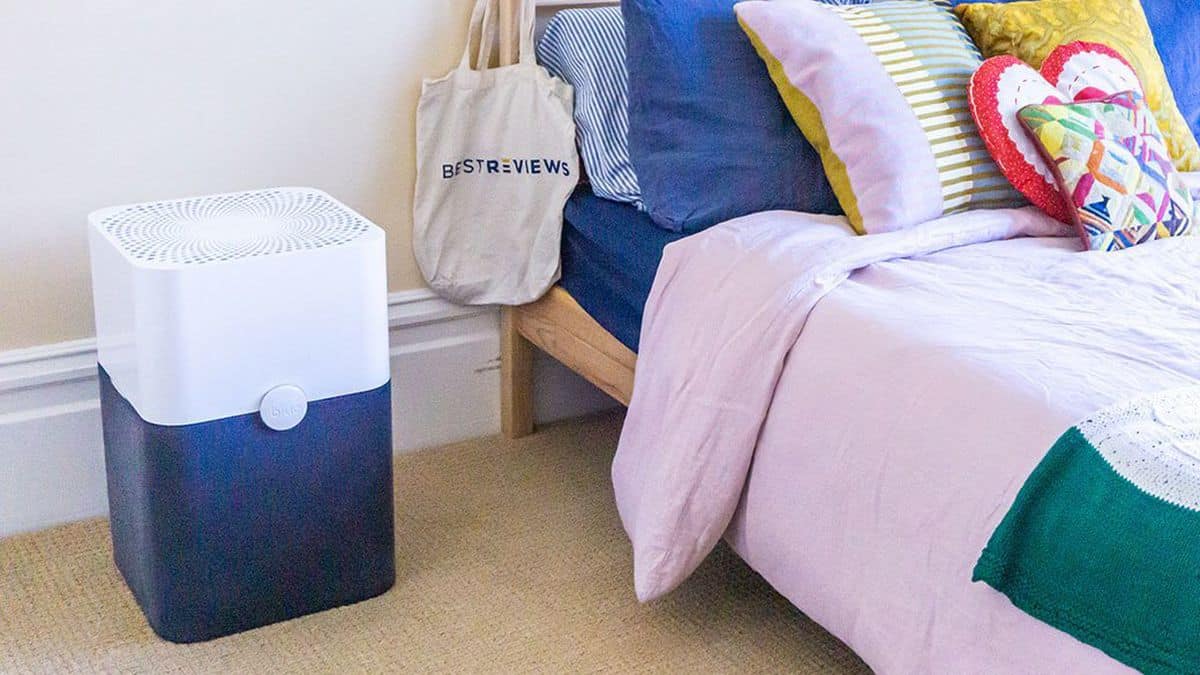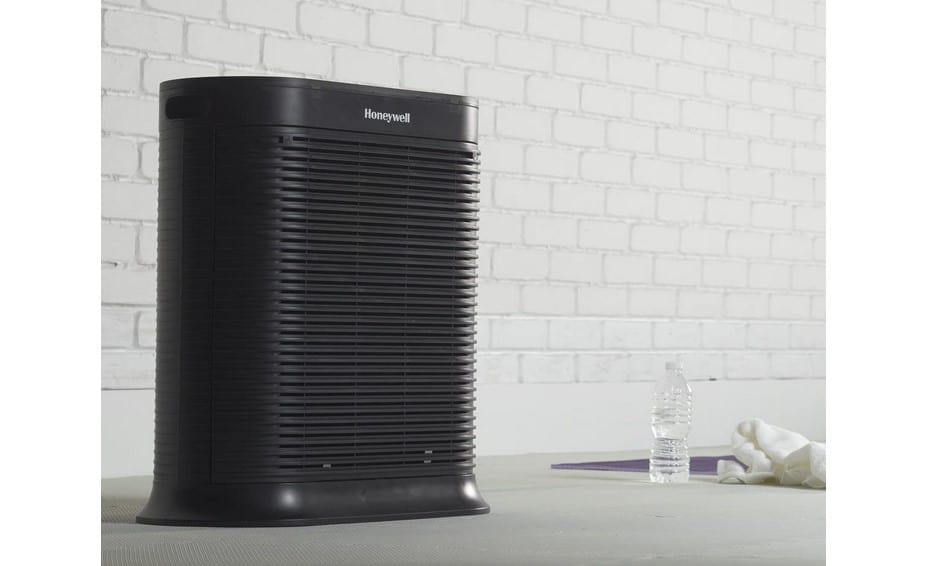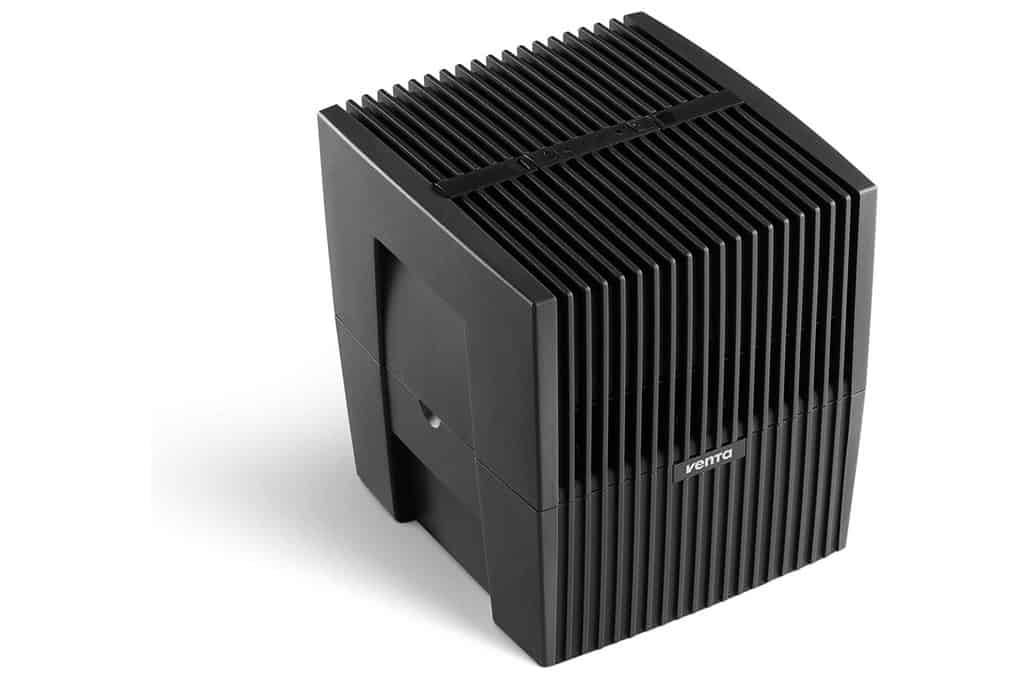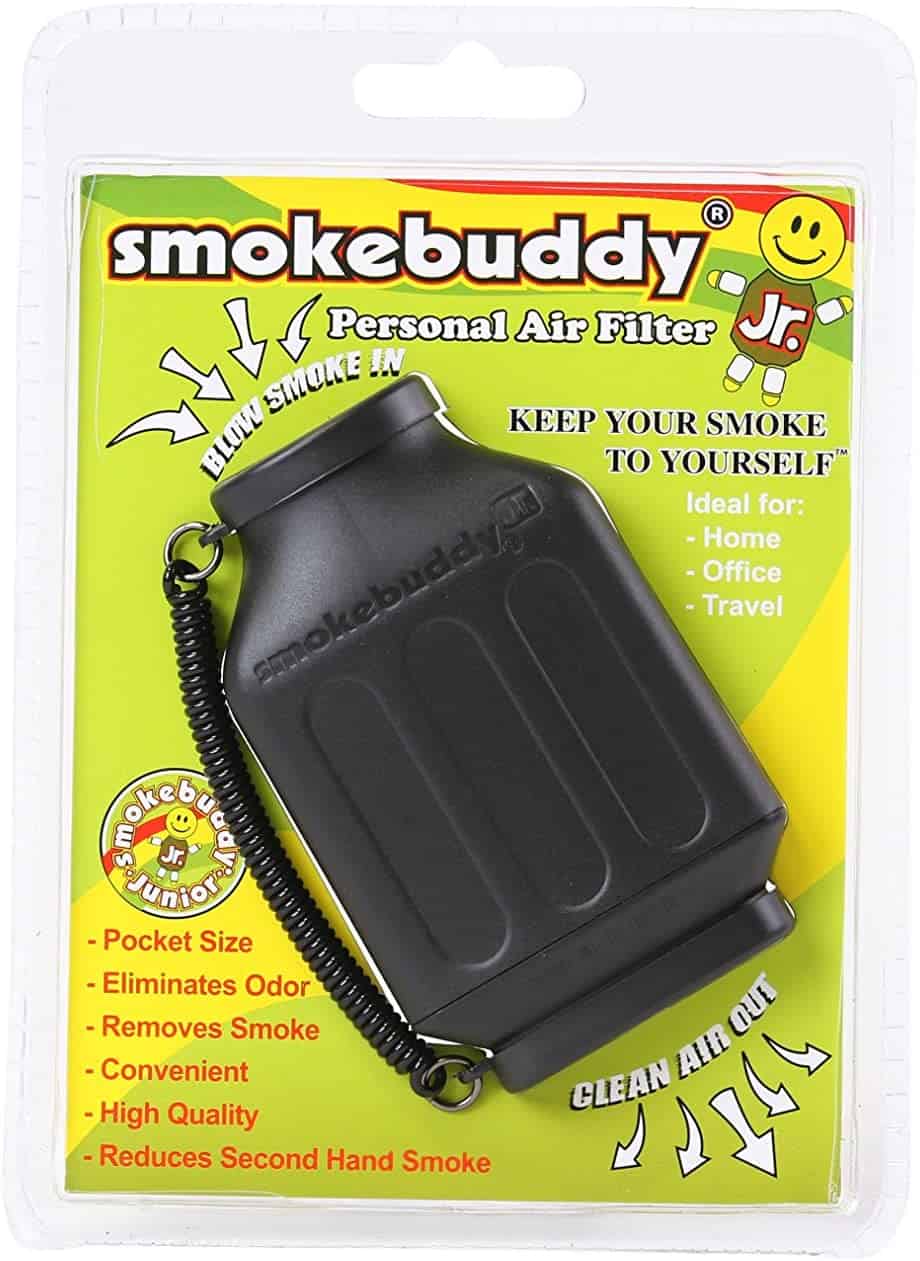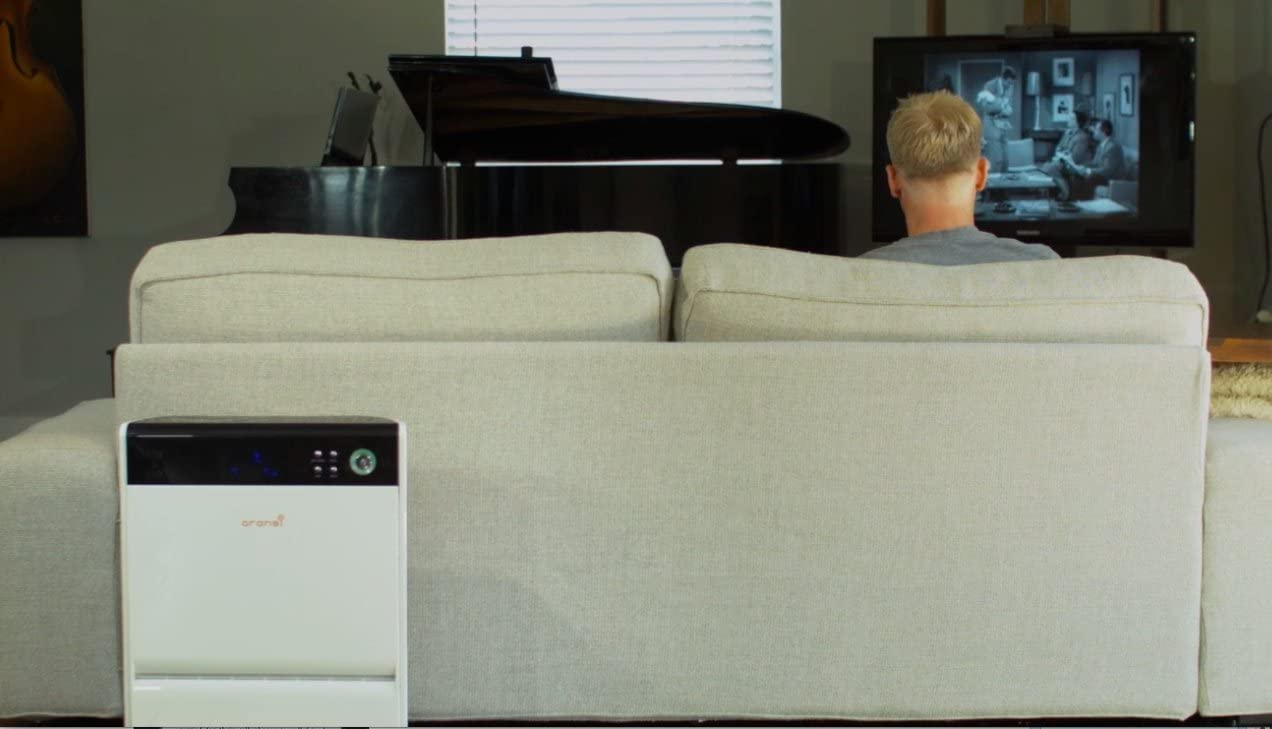The Clean Air Delivery Rate (CADR) is a performance indicator assigned by the Association of Home Appliance Manufacturers (AHAM), which helps consumers determine air purifier effectiveness. It is one of the key factors to look for in an air purifier. Many people find themselves confused by marketing lingo that emphasizes high airflow rates, or high-efficiency filters, and it’s AHAM’s goal to remove consumer doubt regarding air purifier performance with its CADR metric.
What is CADR?
Developed as a means for shoppers to quickly identify which air cleaners work better than others, the CADR rating measures the rate of airflow going through a purifier, and then tests for remaining pollutants. If the unit successfully removes all of the particles of a specific size from the processed air, it’s then certified by the AHAM.
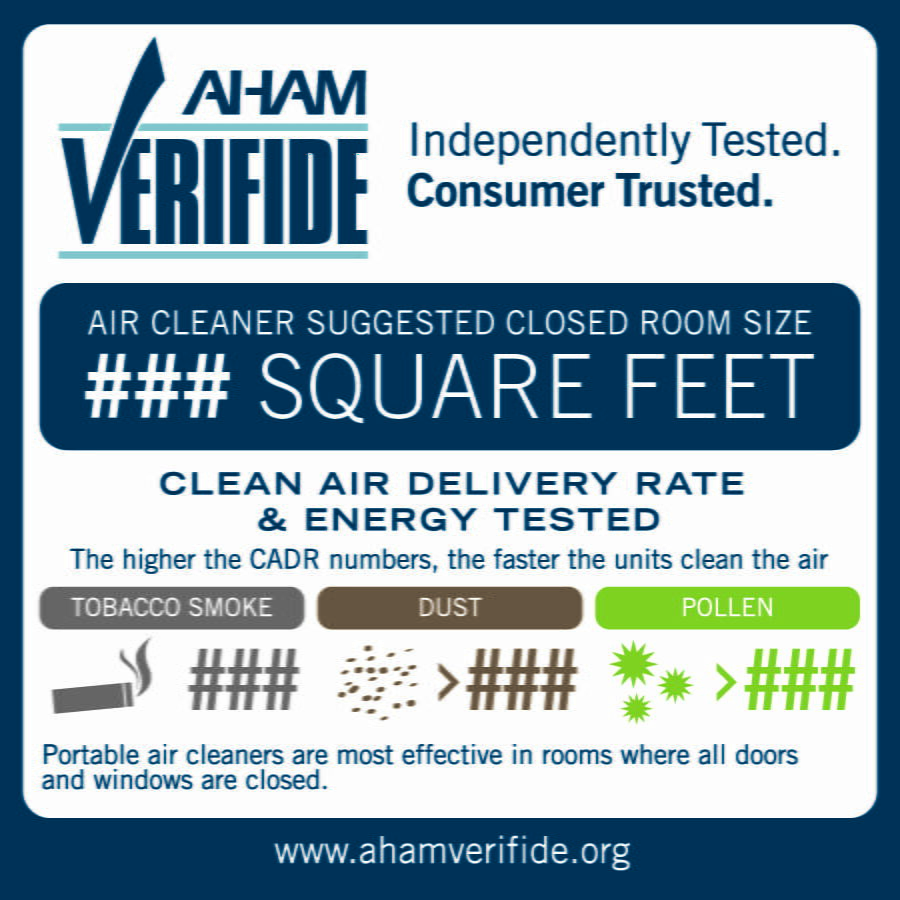
Filter composition and density vary depending on intended use and manufacturing processes, so the AHAM rates the CADR at three different levels of filtration: smoke, dust, and pollen.
Numbers for smoke, dust, and pollen particulate fall between the specified ranges below:
The CADR value represents the total volume of air, which has been purified by the air purifier (cubic feet per minute). CADR ratings are recognized by professional organizations and businesses, including the EPA, FTC, and most major manufacturers and retailers.
What is the AHAM?
The Association of Home Appliance Manufacturers (AHAM) is an organization that represents and supports companies developing household appliances, which are intended for sale in the United States.
Read More: The Best Air Purifiers of 2019
The AHAM also creates and maintains various technical specifications and standards accredited by the American National Standards Institute (ANSI).
Industry standards such as these ensure that manufacturers’ product specifications and performance expectations remain consistent, and that consumers have clear measurement terms they can use to make unbiased, informed purchases.
How Do Air Purifiers Become AHAM Certified?
Air purifier manufacturers can voluntarily participate in the CADR certification process by applying at the AHAM Verifide website. Currently, manufacturers aren’t required to obtain AHAM certification before selling an air cleaning appliance though, so be sure to keep an eye out for the AHAM CADR seal on exterior packaging when shopping for your next air purifier.
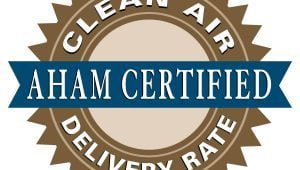
Once accepted to the CADR rating examination, the AHAM uses its ANSI Standard AC-1, also known as the “Method for Measuring Performance of Portable Household Electric Room Air Cleaners,” to begin testing an appliance.
AHAM uses a test space of 1,008 cubic feet in its CADR performance reviews (11′ x 11′ x 8′ room). Smoke and dust pollutants are introduced into the test space, and cleaners are turned on for twenty minutes before the review team analyzes the remaining particulate concentration.
Pollen testing is done the same way except units are only operated for ten minutes. The resulting concentration of remaining contaminants is converted into the final CADR rating.
It’s important to note that many air purifier manufacturers are not members of AHAM (and thus do not have a CADR rating), but that’s not necessarily bad. And, despite the CADR rating, knowing how to clean an air purifier and maintain a HEPA air purifier, means the device will continue to run as designed. Understanding how the fan speed may affect the air purifier can also help.
Due to the testing standard, many important performance characteristics are overlooked entirely, and while a quality CADR rating is definitely a good thing to have, other air cleaners aren’t represented properly with AHAM testing methods.
Limits of CADR Ratings
Certain limitations prevent CADR ratings from being a must-have for consumers to use when comparing air purification systems.
The AC-1 standard does not measure an appliance’s ability to filter “gases, odors, or microbiological” variants (such as VOCs) within an indoor space. It also doesn’t take into account sound emitted, or ozone produced by a purifier.
Activated carbon filters used in conjunction with HEPA filtration are most commonly used to extract VOCs, odors, and gases. Hence, it’s important to look for units that use multi-stage filters to capture these pollutants.
Ozone is difficult for most portable air purifiers, like the GermGuardian AC9200WCA, to absorb. However, only air purification systems that utilize an ionization step in the filtering process create ozone as a byproduct. We recommend using units that ionize air in rooms that are well ventilated and at least 200 sq. ft in size or more.
Noise produced by the purifier can also be a significant issue, especially for those that plan to use a system in their bedroom. Unfortunately, there is no single source to turn to for air purifier noise pollution. Your best bet is to look at the manufacturer’s packaging (if they openly advertise decibel levels on product packaging that’s a good sign) and its website. Often specifications, including maximum noise, can be found online.
Note: AHAM does have an ANSI-approved standard for measuring the sound generated by portable air purifiers, however, routine testing using its standard isn’t something we’ve been able to confirm. We believe that manufacturers participating in AHAM certification must request noise testing separately.
Another thing to consider is the impact that routine maintenance and filter replacement have on appliance performance. As units process air over time, filters become saturated with contaminants, and performance rates decrease. While manufacturers provide guidelines to follow regarding how often to change air filters, many users won’t strictly adhere to these and instead try to squeeze out more life from their expensive filters. A result is a machine moving a smaller volume of air and capturing fewer and fewer particulates.
We recently examined some of the highest consumer-rated purifiers on the market using CADR ratings, filtration method, noise, weight, and costs to determine the best performance and value. To find out which machines ranked the highest in our independent study, check out our list of best air purifiers of 2019.
Related Articles:

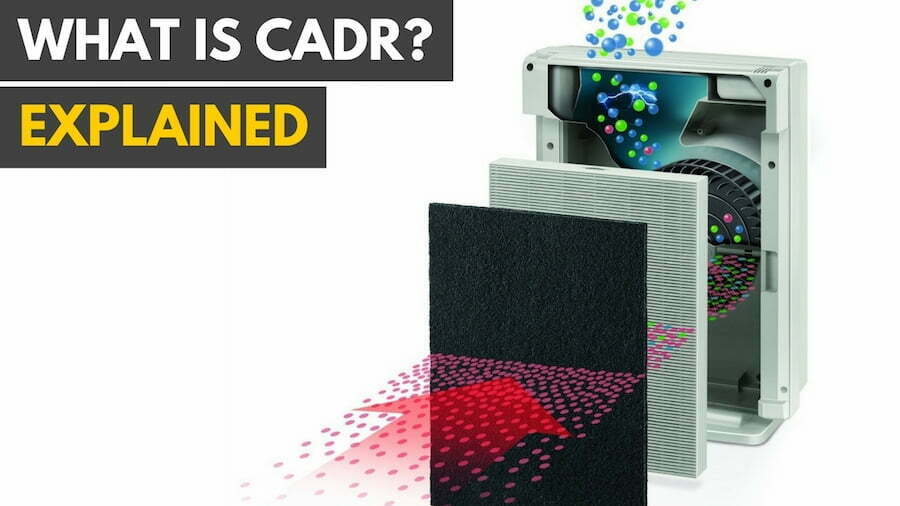













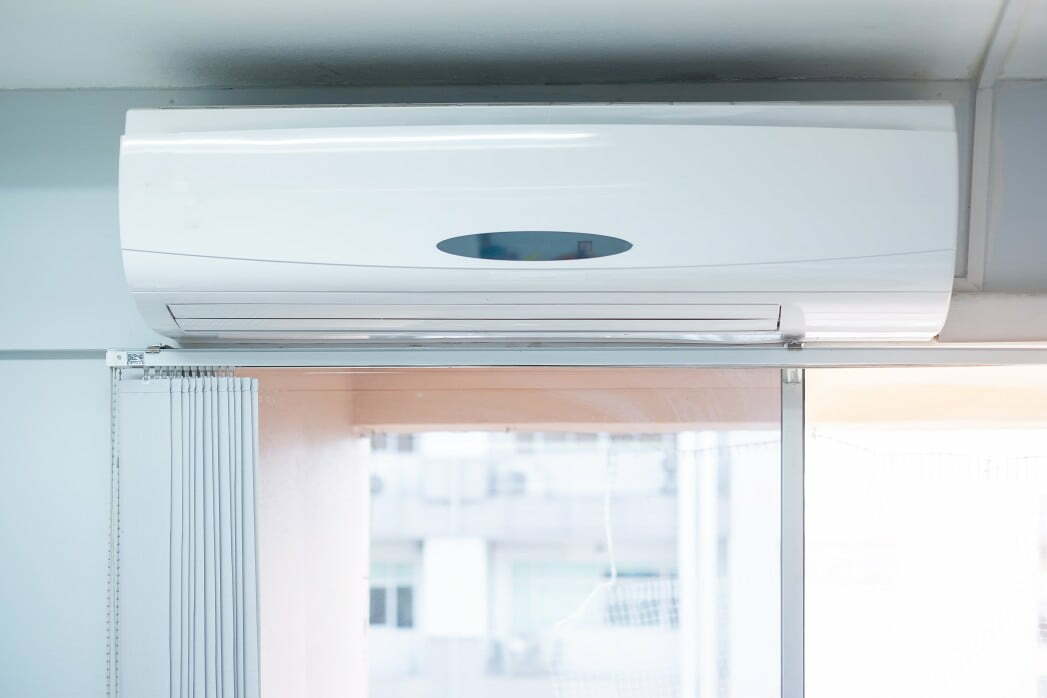

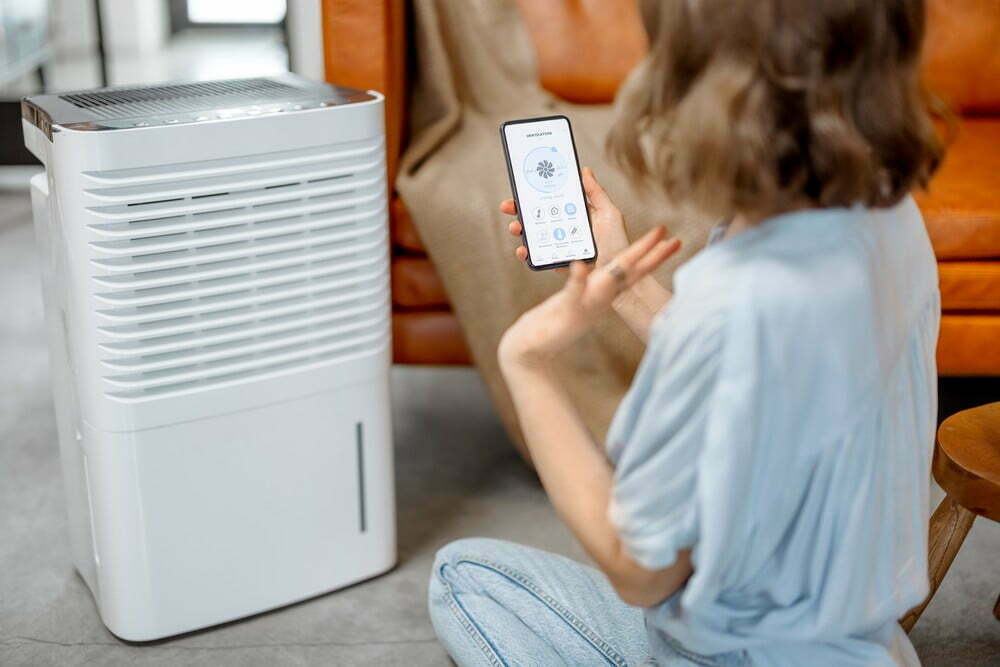
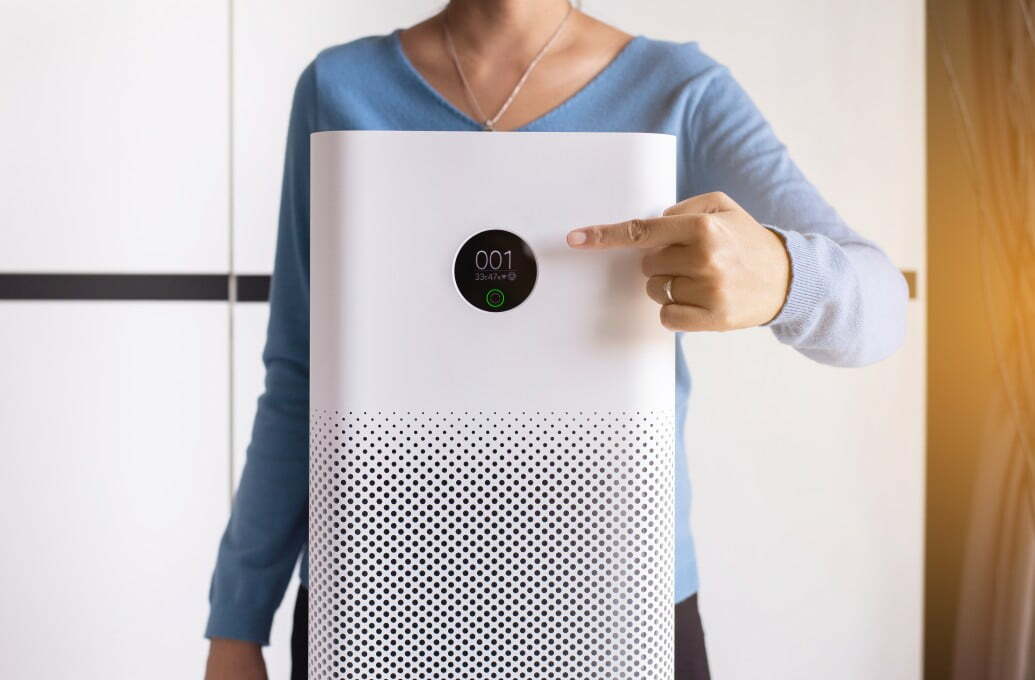
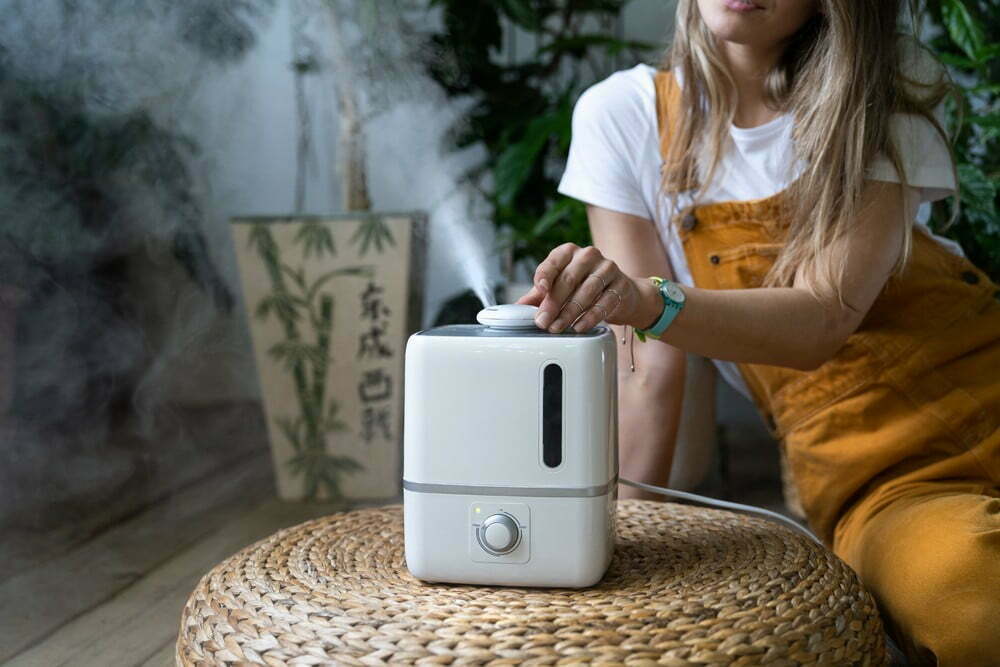


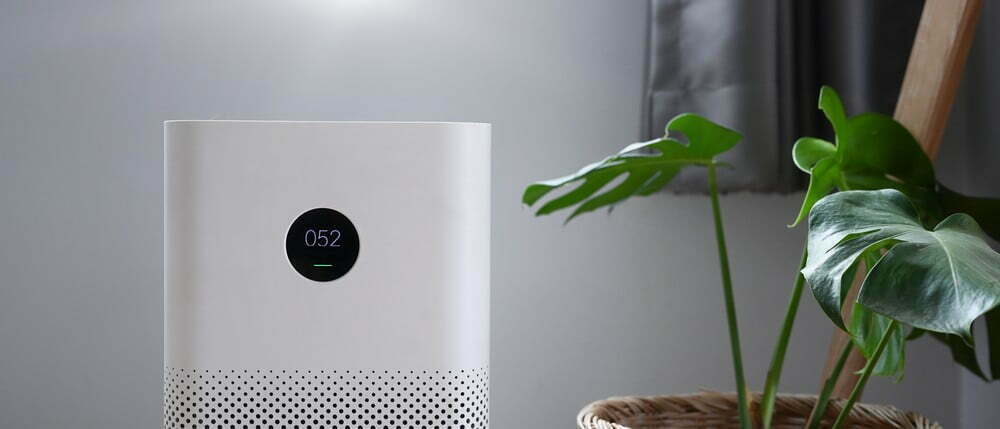
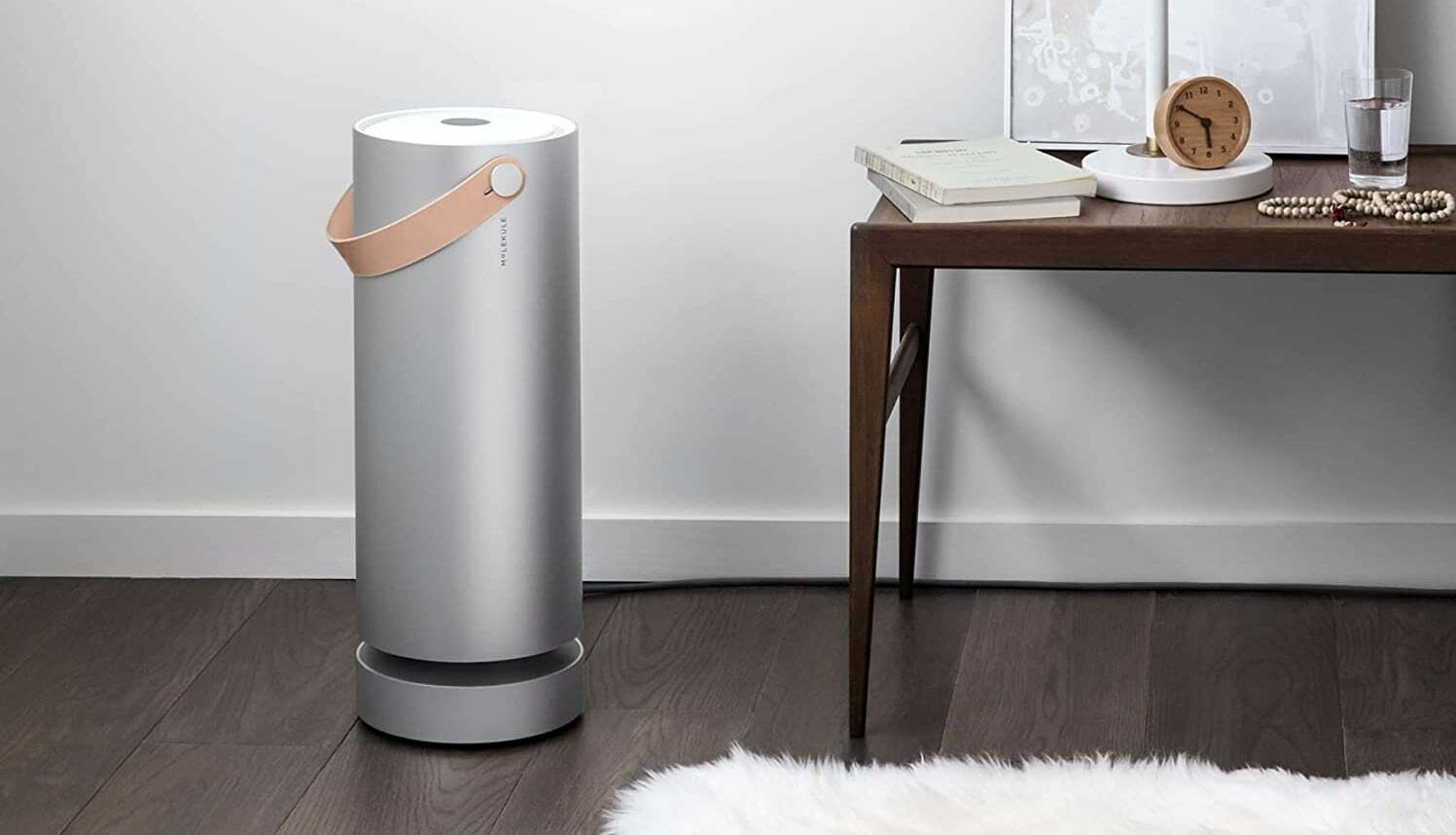
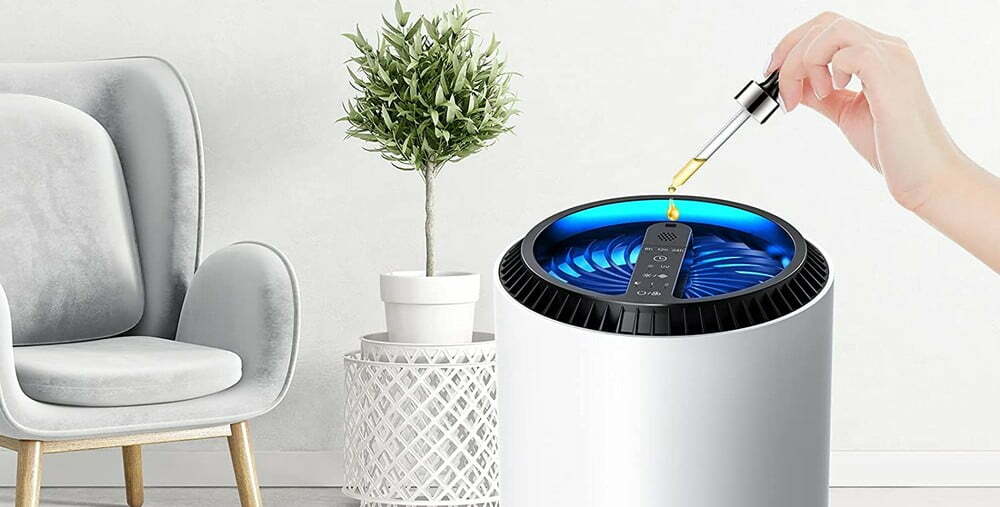
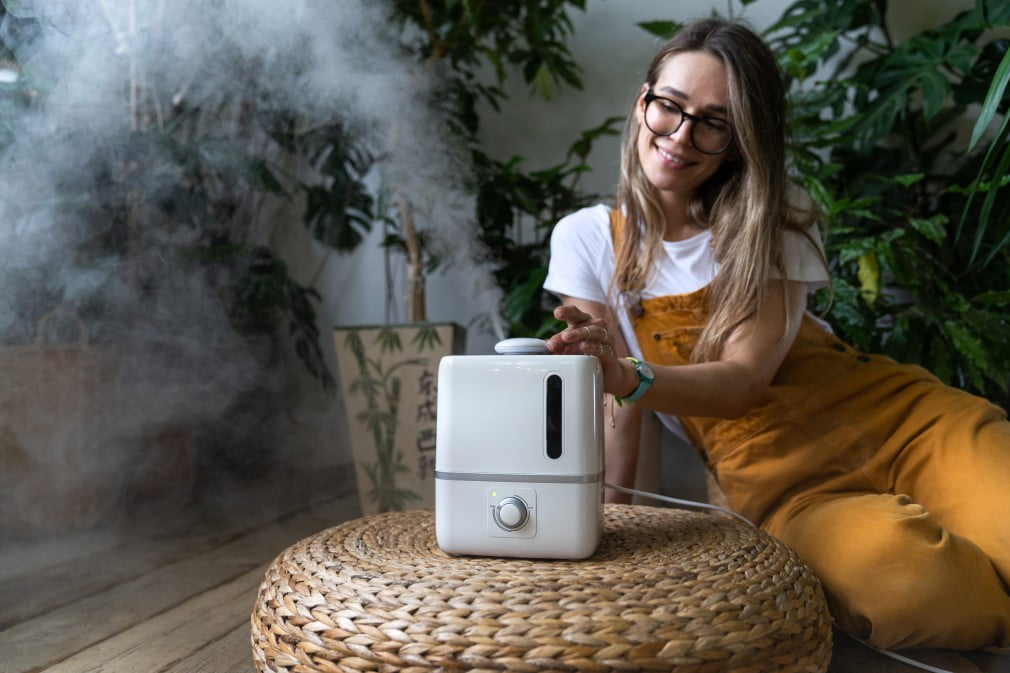
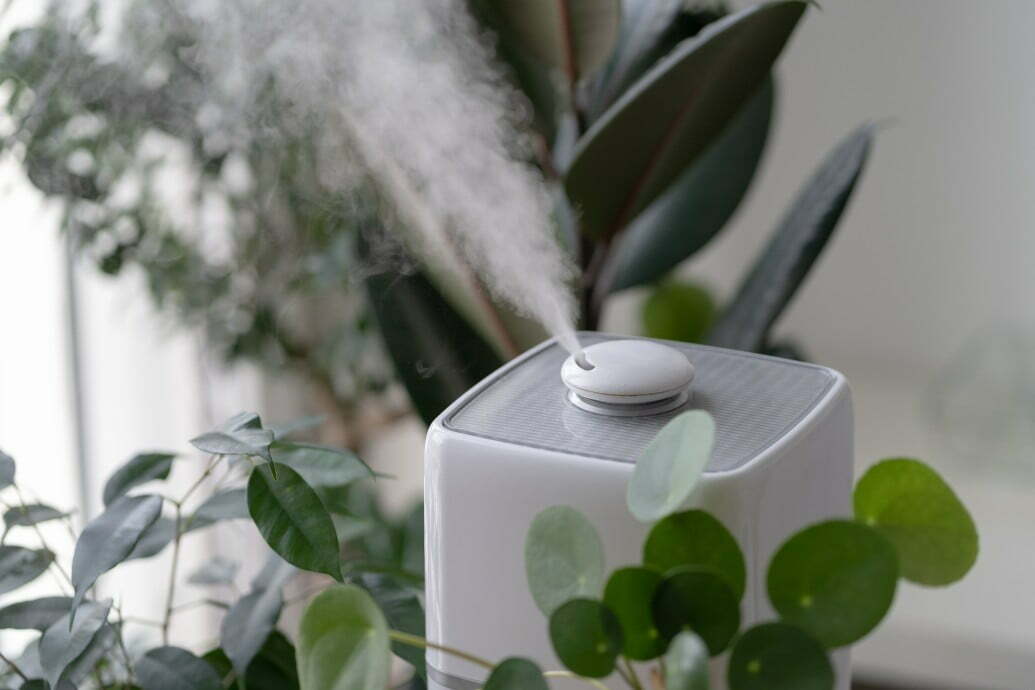
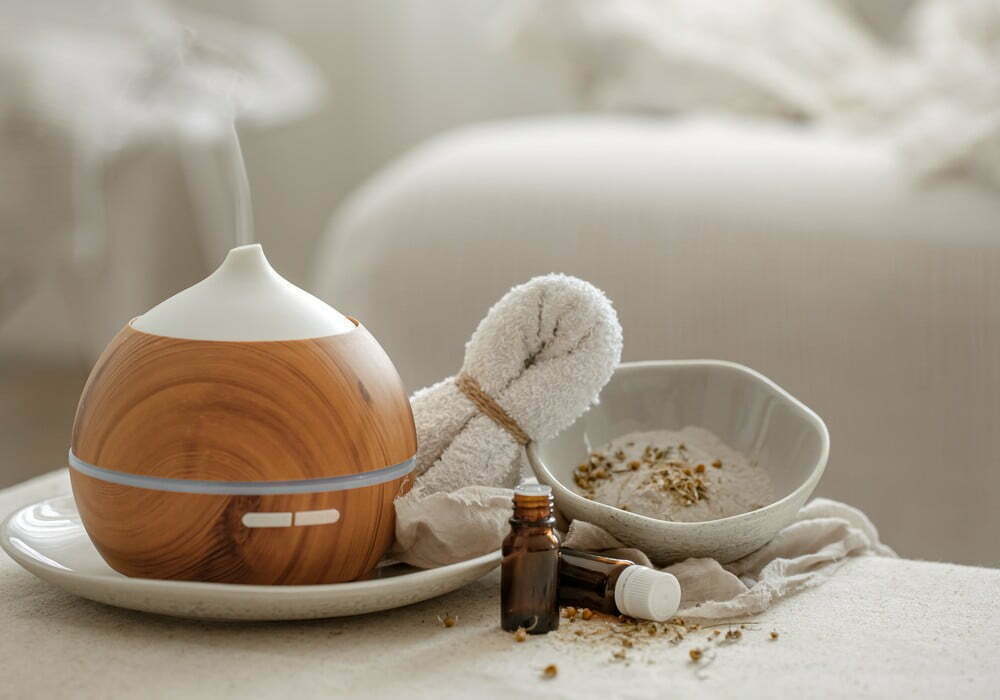
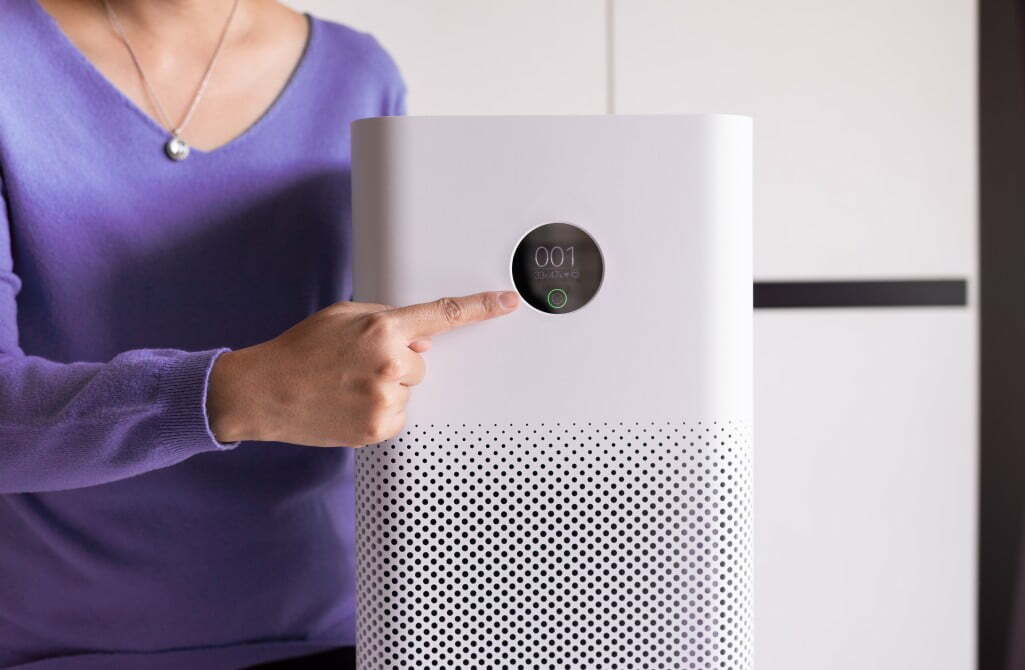
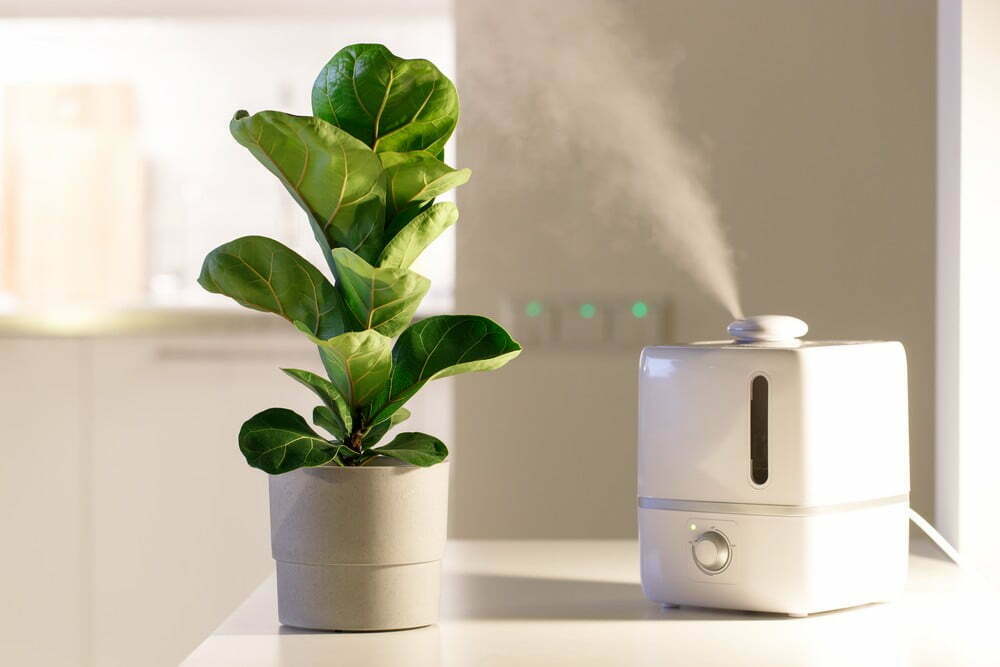


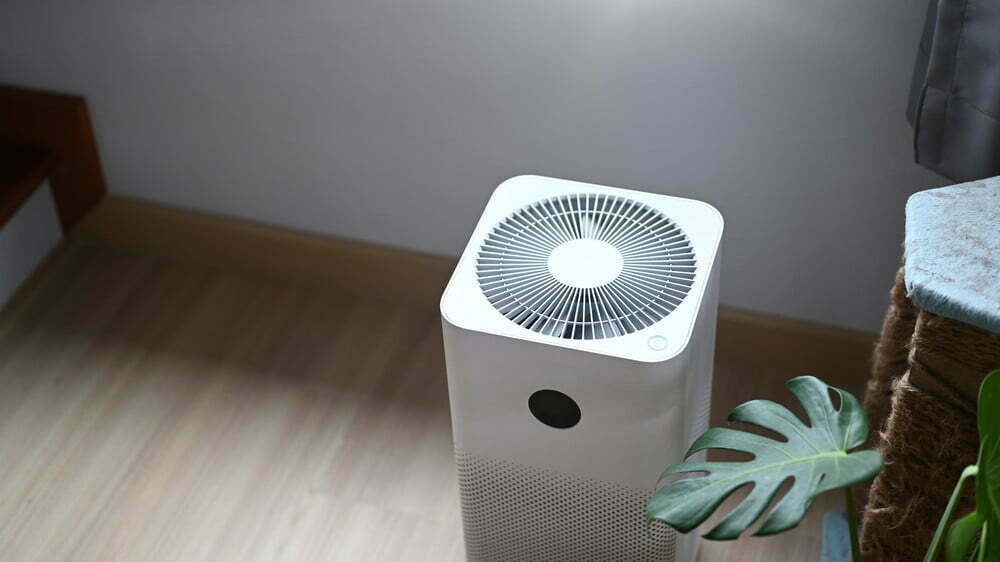
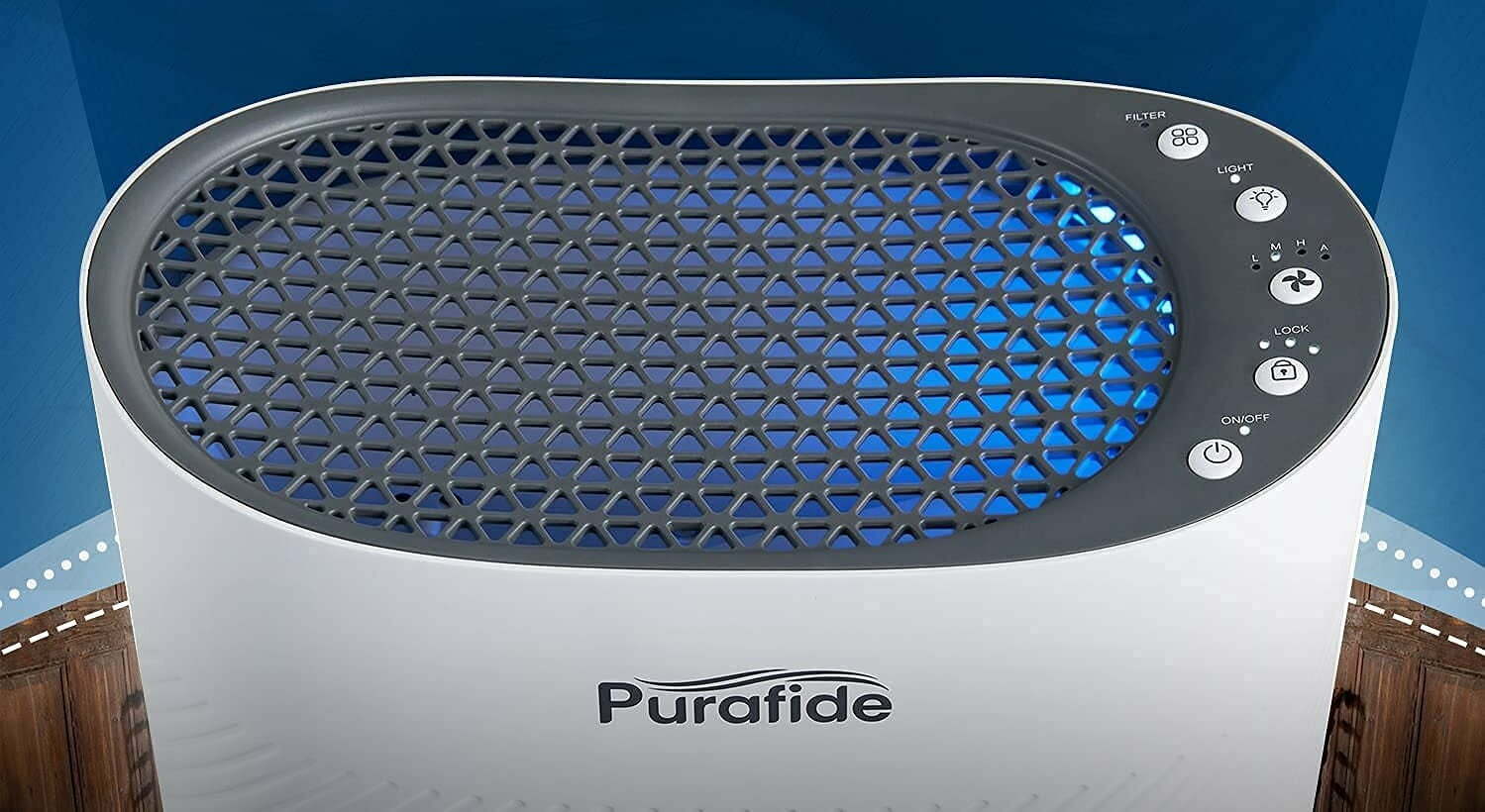
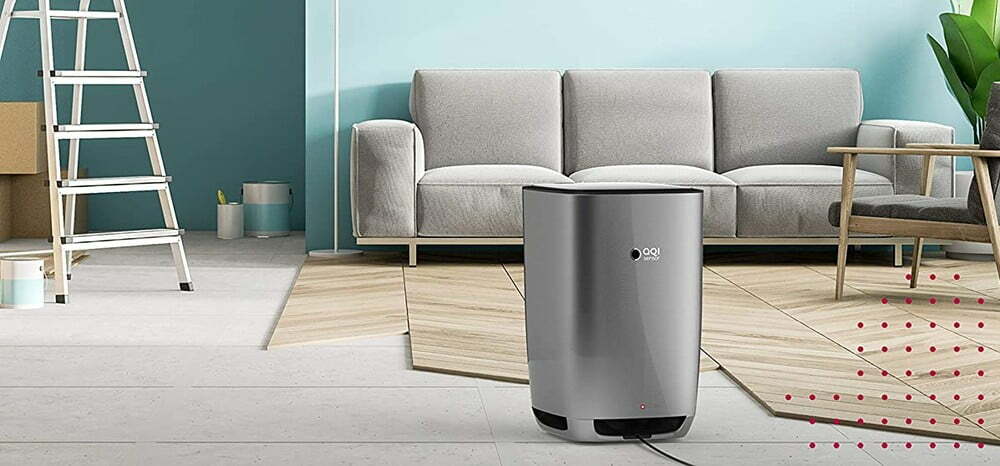
![Best Air Purifiers for VOCs and Formaldehyde in [year] 29 Best Air Purifiers for VOCs and Formaldehyde in 2026](https://www.gadgetreview.dev/wp-content/uploads/best-air-purifier-for-vocs-and-formaldehyde-image.jpg)
![Best Air Purifier in [year] ([month] Reviews) 30 Best Air Purifier in 2026 (January Reviews)](https://www.gadgetreview.dev/wp-content/uploads/Honeywell-True-HEPA-Allergen-Remover-HPA300-e1475603569442.jpg)
![Best Air Purifiers for Dust in [year] 31 Best Air Purifiers for Dust in 2026](https://www.gadgetreview.dev/wp-content/uploads/best-air-purifier-for-dust-image.jpg)
![Best Honeywell Air Purifiers in [year] 32 Best Honeywell Air Purifiers in 2026](https://www.gadgetreview.dev/wp-content/uploads/best-honeywell-air-purifier-image.jpg)
![Best Germicidal Air Purifiers in [year] 33 Best Germicidal Air Purifiers in 2026](https://www.gadgetreview.dev/wp-content/uploads/best-germicidal-air-purifier-image.jpg)
![Best Filterless Air Purifiers in [year] 34 Best Filterless Air Purifiers in 2026](https://www.gadgetreview.dev/wp-content/uploads/best-filterless-air-purifier-image.jpg)
![Best Levoit Air Purifiers in [year] 35 Best Levoit Air Purifiers in 2026](https://www.gadgetreview.dev/wp-content/uploads/best-levoit-air-purifier-image.jpg)
![Best Air Purifiers for Smoking Weed in [year] 36 Best Air Purifiers for Smoking Weed in 2026](https://www.gadgetreview.dev/wp-content/uploads/best-air-purifier-for-smoking-weed-image.jpg)
![Best Quiet Air Purifiers in [year] 37 Best Quiet Air Purifiers in 2026](https://www.gadgetreview.dev/wp-content/uploads/best-quiet-air-purifier-image.jpg)
![Best Desktop Air Purifiers in [year] 38 Best Desktop Air Purifiers in 2026](https://www.gadgetreview.dev/wp-content/uploads/best-desktop-air-purifier.jpg)
![Best Dyson Air Purifiers in [year] 39 Best Dyson Air Purifiers in 2026](https://www.gadgetreview.dev/wp-content/uploads/best-dyson-air-purifier.jpg)
![Best Air Purifiers for Dorm Room in [year] 40 Best Air Purifiers for Dorm Room in 2026](https://www.gadgetreview.dev/wp-content/uploads/air-purifier-for-dorm-room-1.jpg)
![Best Air Purifiers for Office in [year] 41 Best Air Purifiers for Office in 2026](https://www.gadgetreview.dev/wp-content/uploads/best-air-purifier-for-office.jpg)
![Best Air Purifiers for Basement in [year] 42 Best Air Purifiers for Basement in 2026](https://www.gadgetreview.dev/wp-content/uploads/best-air-purifier-for-basement.jpg)
![Best Air Purifiers For Odor in [year] 43 Best Air Purifiers For Odor in 2026](https://www.gadgetreview.dev/wp-content/uploads/best-air-purifier-odor.jpg)
![10 Best Personal Air Purifiers in [year] 44 10 Best Personal Air Purifiers in 2026](https://www.gadgetreview.dev/wp-content/uploads/best-personal-air-purifiers.jpg)
![10 Best Plug In Air Purifiers in [year] 45 10 Best Plug In Air Purifiers in 2026](https://www.gadgetreview.dev/wp-content/uploads/best-plug-in-air-purifier-image.jpg)
![10 Best Whole House Air Purifiers in [year] 46 10 Best Whole House Air Purifiers in 2026](https://www.gadgetreview.dev/wp-content/uploads/best-whole-house-air-purifier-image.jpg)
![10 Best Large Room Air Purifiers in [year] 47 10 Best Large Room Air Purifiers in 2026](https://www.gadgetreview.dev/wp-content/uploads/Coway-Airmega-200M-Large-Room-Air-Purifier-900x900-1.png)
![10 Best UV Air Purifiers in [year] 48 10 Best UV Air Purifiers in 2026](https://www.gadgetreview.dev/wp-content/uploads/best-uv-air-purifier.jpg)
